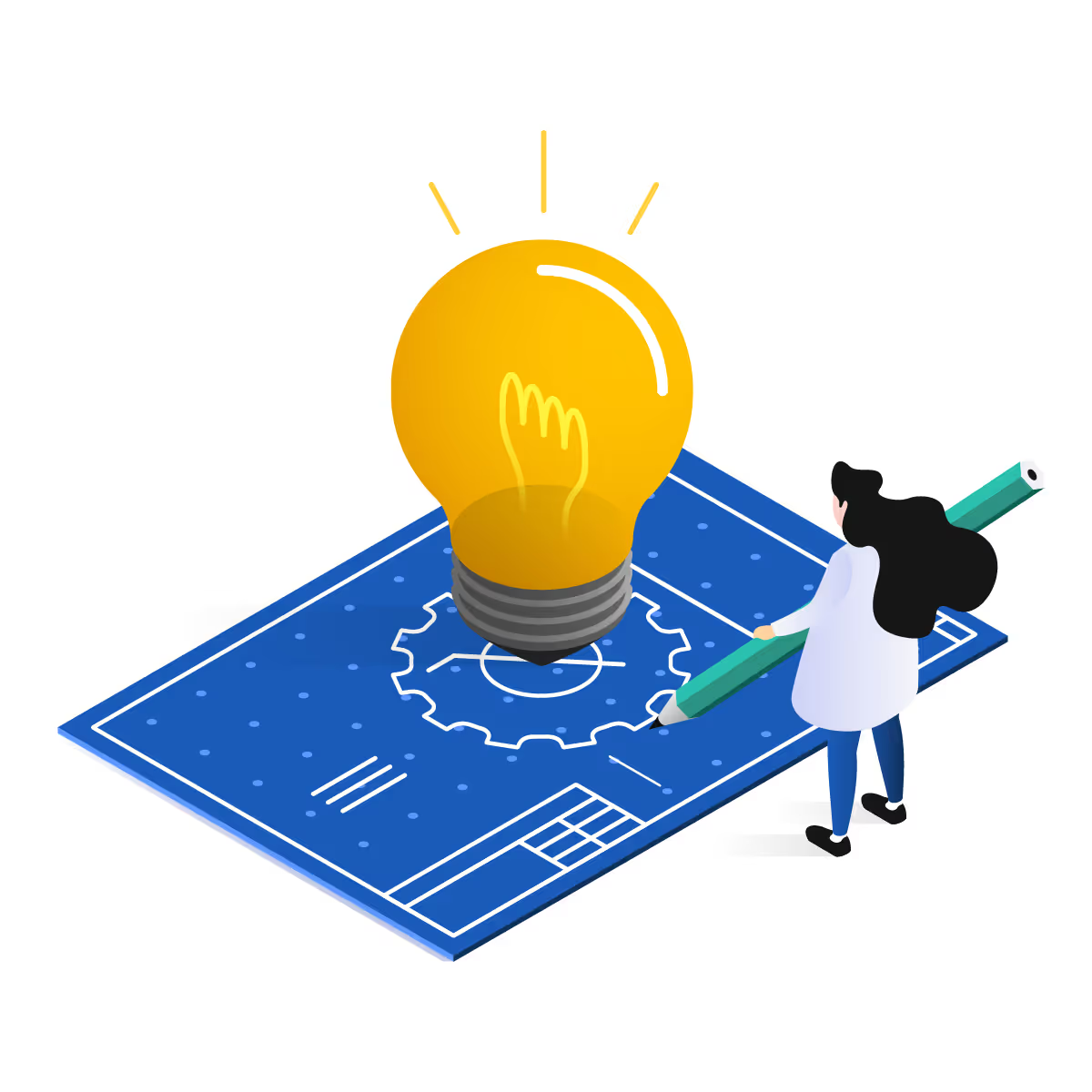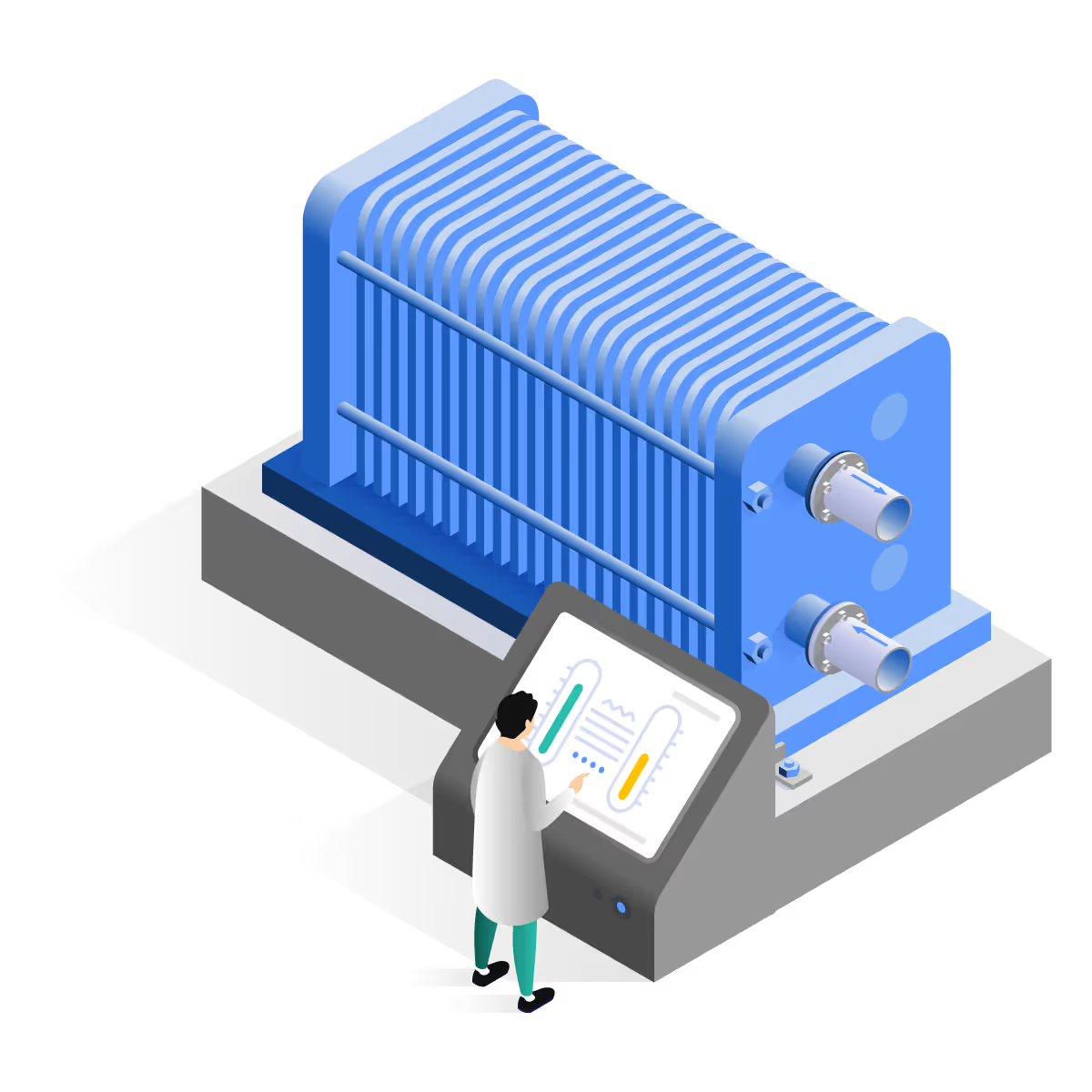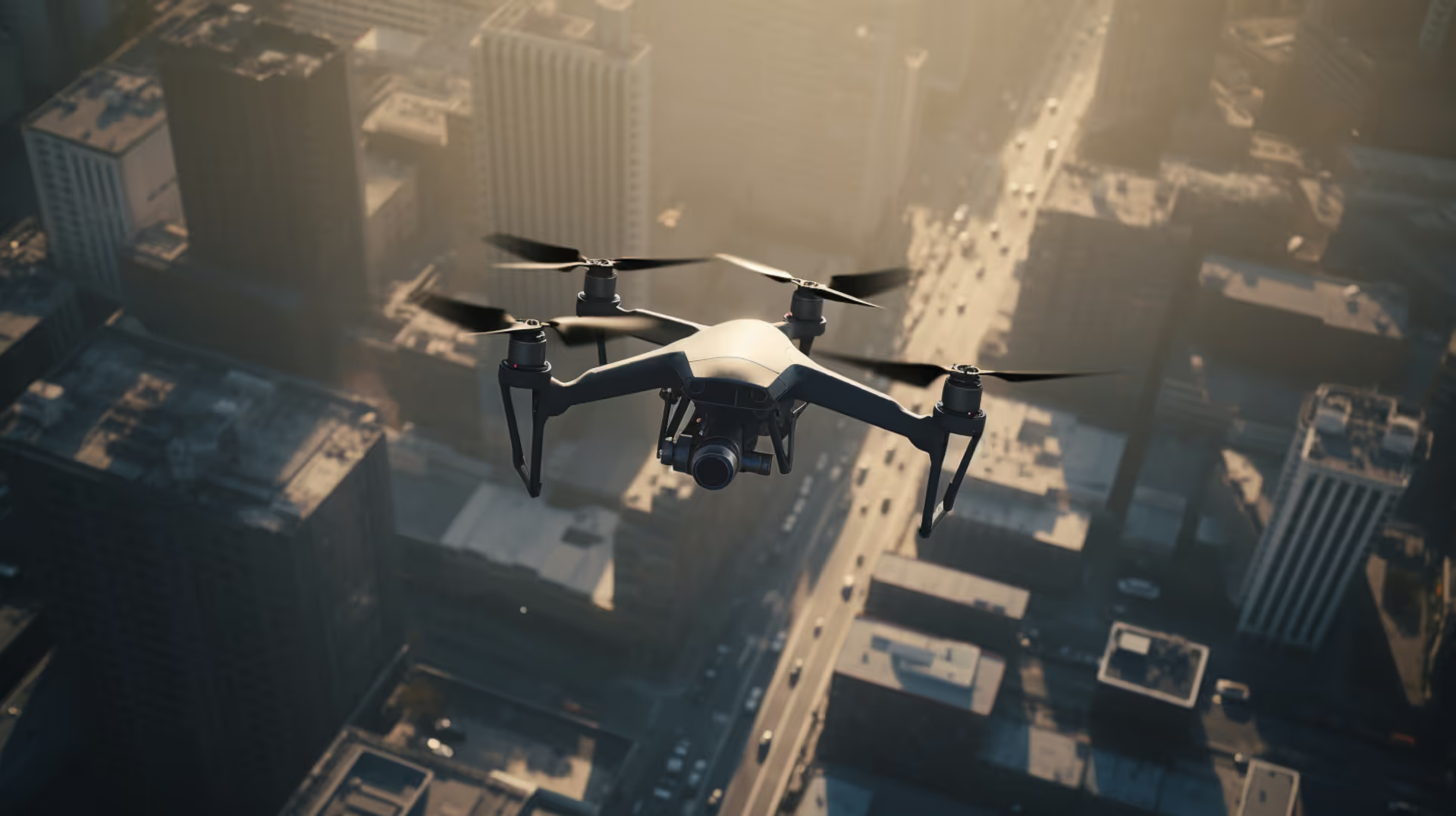The value of digital twins
A digital representation of a complex product, system, plant, or process offers major benefits, allowing for ‘trying things out in the virtual world’ before committing to costly physical prototypes or interventions in control or making operational changes.
This is particularly valuable in large infrastructure projects, such as extending an energy network, or in major plant operations where poor control decisions can have serious consequences.
However, smaller-scale applications can also benefit, such as optimising smaller network assets or evaluating product concepts against expected operating environments — a practice we often follow at TTP in product development for clients.
The value of ‘remaining in the virtual world for longer’ in development and operation of real-world systems is summarised below.

Development
Aim
- Maximise product performance
- Minimise product cost
- Minimise time and cost to market
Approach
Balance virtual and physical product development, e.g. use of modelling to:
- narrow the design space
- de-risk development
- run more/quicker iterations to optimise

Operation
Aim
- Maximise product performance and o/p quality
- Minimise opex
- Maximise useful life
Approach
Use of a model in effective control:
- in supporting 'human-made' decisions
- in closed loop control (where appropriate)
The challenges in building digital twins
Digital twins require investment, and for smaller products or systems, it’s crucial to assess if they’ll provide a return. In some cases, building prototypes or making informed guesses in control adjustments may be more cost-effective, especially if the risks of error are manageable, and the product/system is simple enough not to require multivariate optimisation.
However, in many more use cases, the potential lowering in costs of development of digital twins is beginning to make the achievement of such a return more likely – as outlined in my insight piece here Using AI foundation models to unlock the full potential of digital twins.
Many organizations recognize the benefits of digital twins but may currently lack the skills or insight to leverage them effectively. Whilst these advances in modern AI offer the potential for such organisations to consider becoming more self-sufficient, there remains an important check list of considerations for any organisation looking to take true advantage.
Digital twins – TTP’s 7-step approach
Very often the development of a digital twin is simply viewed as ‘an AI problem’. However, our experience has shown it is far from simply that – and a number of potential traps await the unwary in this area. The following steps outline the imperative to both fully understand the complexities of the system for which a digital twin is being created and the physical environment in which that system is being used.
1. Operating environment
Do you fully understand the physical environment in which the digital twin will operate?
It’s tempting to assume that ‘the data will always be correct and reliable’ and that the main challenge is therefore building the model and software. However, our experience shows this assumption can be risky and dangerous. Investing time upfront to thoroughly understand the operating environment, especially its potential variability over time or under different conditions, is invaluable and can have impact and ramifications in all the subsequent steps below.
2. Sensor burden and scope
Can you afford the cost of the necessary sensors, and will they measure what’s truly needed?
Data is crucial to a successful digital twin, but each sensor adds a burden, not only in cost within your bill of materials but potentially in product and/or process impact. For example, intrusive sensing during cell growth can drastically affect cell therapy manufacturing process success. Techniques like sensor fusion may help by deriving insights from fewer sensors or may be essential in providing the depth of insight needed.
3. Edge vs. cloud
Do you fully understand the critical factors and trade-offs in your use case?
During the development process it may be straightforward to run your twin in the cloud, but for a twin used in product/system/plant operation there may be factors which might change this. Do you need to keep the data private and hence ‘at the edge’ e.g. in health-related use cases, or is resilience required through standalone processing ‘at the edge’, even in the event of a comms failure to the cloud? What impact might that have in terms of the scale of the model that can be used?
4. Regulation and/or safety
Do you understand the regulatory and safety imperatives that could impact your implementation approach?
Beyond the Edge versus Cloud considerations, such factors may influence your choice of AI e.g. is there an imperative to use simpler, more explainable machine learning rather than an LLM due to regulatory constraints over black box models? Do safety and/or regulatory constraints leads to the need for safeguards around your digital twin? For example. if an expert human uses the twin as light support, requirements may differ greatly from cases where the twin guides less experienced operators in critical and/or safety impacting decisions.
5. Training data
Based on the sensors you have in mind, do you know how much training data you’ll need?
The AI approach dictates the data quantity, with an additional portion reserved for testing. While synthetic data can ease real-world data collection challenges, it’s essential to understand potential real-world variability from your sensors to assess if synthetic data is a feasible solution. For example, might an environment vary significantly e.g. due to drifts in equipment calibration or unpredictable external conditions, or are you confident it will be consistent and/or predictable enough that your data creation pipeline captures enough?
6. Model creation
Do you fully understand the required accuracy for your digital twin and the investment it warrants?
Modern AI can sometimes provide a cost-effective shortcut to building a useful model compared to traditional engineering. Given this, does your use case still demand a handcrafted model, or could modern AI offer a good initial “seed digital twin” in which more cost-effective effort can be invested to refine further?
7. Client's desired journey
With expanding viable and economic use cases for digital twins, do you have a clear plan to leverage this opportunity?
While digital twin development has traditionally required expert skills in both the modelled domain and the building of twins, the barriers are likely to decrease over time. This shift won’t be immediate, and organizations should still consider all the above points, likely needing assistance. However, those who stand to benefit from regular digital twin development may want to plan how to meet this need more sustainably e.g. via upskilling within their organisation and potentially via the adoption of new tools.
How we help
From aviation to mobility, and life sciences to health tech, we create digital twins to accelerate and de-risk complex product development and optimise operation, both for ourselves and for our clients with specific needs. In every case, we prioritize the seven key steps above. Whether you need support throughout your product development, in creating digital twins to operate complex systems, or in building towards self-sufficiency in digital twin development, we’re here to help.










